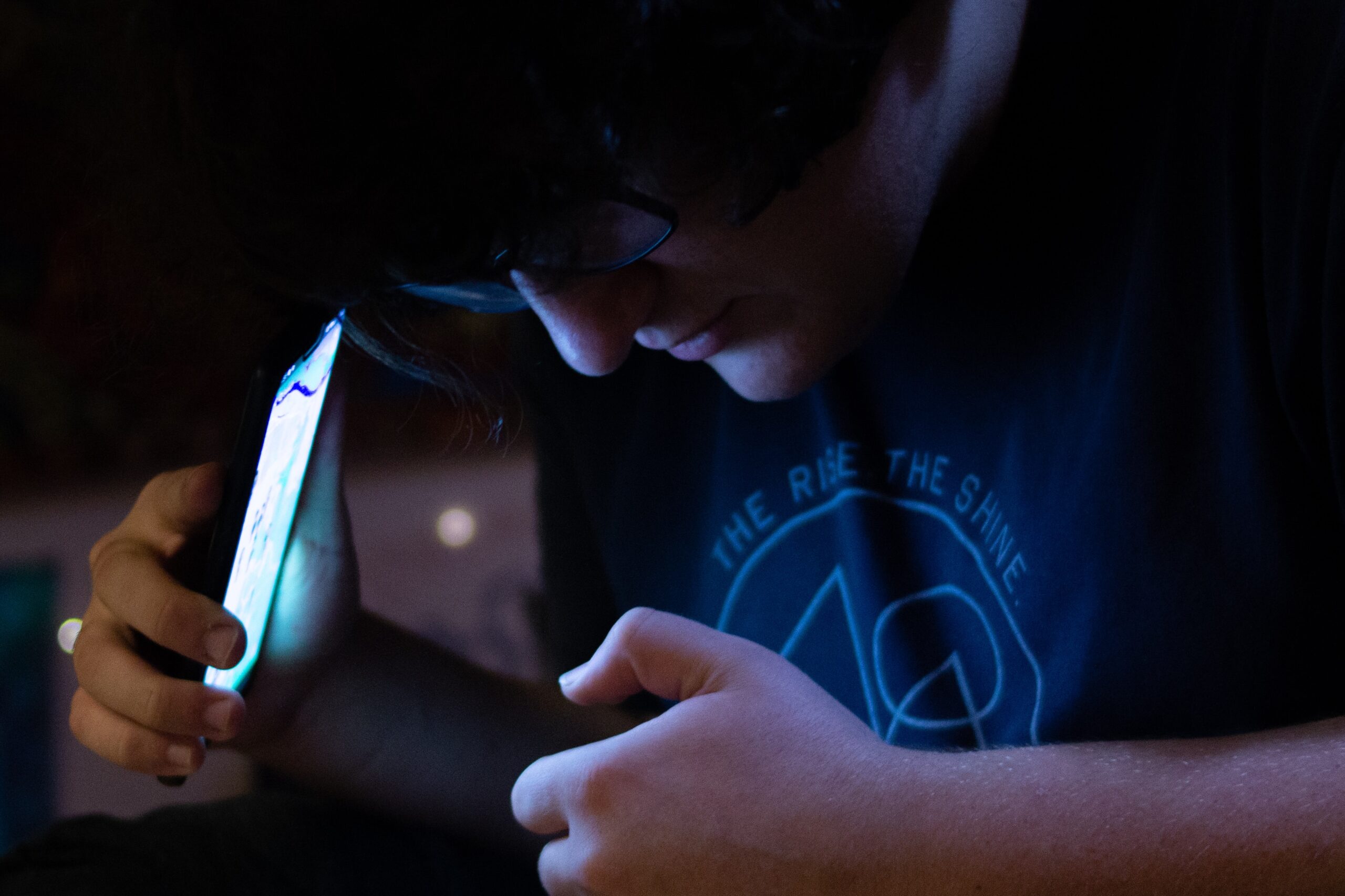A lot of us in Colorado have a love/hate relationship with winter. Meaning, we love it for the snowy peaks and winter sports, but we could probably do without the early evenings, seasonal depression and icy mornings.
With all the celebrations and festivities, it gets hard to eat healthy, and even harder to wake up early to train – or to hit the academy after work when it’s already dark. All around, it feels like a catch-22. You can’t quite live with it, and definitely can’t live without it.
While Winter can make us want to crawl back under the covers and never get out, it also brings an important time of stark assessment, reevaluation and retreat. Just as the metaphor of death doesn’t always mean the end as much as rebirth and new beginnings, we too can use Winter as an opportunity to recalibrate our internal rhythms and reset.
However, we can only reap the full benefits of Winter if we prep our bodies for its descent. With the cold weather making our bodies naturally more fragile, needing to work harder to produce more heat, it becomes especially important to rely on exercise. But how can we keep our energy levels up in order to even get to the gym or the academy?
Rather than just trying to survive this season, make the most of it with our winter biohacks!
Vitamin D: a classic
This one’s a no-brainer. Our bodies need Vitamin D to keep our bones healthy and strong, our muscles moving and our nerves fit to carry messages between our brain and our body. Vitamin D also plays a critical role in helping our immune system fight off external bacteria and viruses.
During Winter, the body’s serotonin and energizing hormone norepinephrine are actually depleted, making us more prone to fatigue even with adequate rest. This happens because the production of these chemicals is partially triggered by light-sensing photoreceptors in the eyes.
Studies have proposed that vitamin D plays an important role in serotonin and melatonin regulation, both of which greatly impact mental health – especially the regulation of mood and sleep.
In months where we already experience reduced sunlight, getting outside first thing everyday, even for ten minutes a day, can really make a difference in your vitamin D levels, which will increase your productivity (and hope) for the day. You can also invest in a sun lamp, otherwise known as a SAD lamp, designed to help people prone to seasonal affective disorder!

Boost Vitamin D absorption with probiotics
While sunlight makes a great way to get that daily dose of Vitamin D, so does yogurt that says “live and active cultures.” Live cultures help with absorption and synthesis, and probiotics may have synergistic effects with Vitamin D through improving the expression of Vitamin D receptors.
The National Center for Biotechnology Information, a division of the National Library of Medicine, suggests that modulating the microbiota-gut-brain axis with probiotics while improving D levels through increased outdoor activity could help provide a good target method for treating winter seasonal depression and other seasonal mental disorders.
Other foods that help boost Vitamin D absorption include avocados, nuts, seeds, full fat dairy products and eggs. Studies show if you’re taking a vitamin d supplement, having it with a large meal or source of fat will help it absorb better.
[Kick the Sugar, Optimize Your Training Fuel, and Feel Better]
Infrared sauna + red light therapy
If you can, try out an infrared sauna this winter. Why are they good? Similar to the traditional heated rooms, typically set between 150-170 degrees Fahrenheit, an infrared sauna carries oxygen-rich blood to our oxygen-depleted muscles, enhancing muscle recovery by increasing blood circulation.
Infrared saunas heat the body with light as opposed to radiant heat from a stove. Like the traditional sauna, an infrared sauna facilitates a wealth of amazing health benefits, such as detoxification, increased metabolism, improved cardiovascular and immune function, and pain reduction.
Instead of heating the space around the body like a traditional sauna heats the entire small room, the infrared sauna heats the body directly, resulting in deeper tissue penetration. You still get the same detoxifying qualities and mental health benefits, lowered stress levels and decreased discomfort in inflammatory conditions.
The benefits of infrared sauna don’t happen in a single session. Going regularly and consistently is best – try going at least two to three sessions per week for at least a month to feel a difference!
Similarly, red light therapy can penetrate deeper into the body’s tissue to soothe seasonal affective disorder using infrared light. However, it is not the same as using an infrared sauna, as red light therapy uses lower-energy infrared light, while infrared saunas use higher-energy infrared light.
“Red light therapy” is used to describe natural light treatments that most often include red and near infrared wavelengths (NIR). NIR wavelengths, which can reach deeper into body tissue than even red light, may be most effective in treating depression. When NIR light from a clinical light therapy device is shined on a person’s head, those wavelengths can actually go beyond the surface and reach the brain to affect brain cells directly. There, the mitochondria absorbs the natural light, which then boosts cerebral metabolism, improves neuroplasticity and decreases inflammation.

Eat root veggies to help boost serotonin
As we move into the colder months, it becomes especially critical to stay connected with our bodies, rooted into our core. One way to do this actually includes eating more root vegetables!
Of the over-200 types of neurotransmitters we have in the brain (chemicals which support overall communication within the body), serotonin in particular impacts us. Considered a natural stabilizer, serotonin affects just about every part of our bodies, from mood to motor function and aids in sleeping, eating, and digesting. Low levels of serotonin in the brain can result in anxiety, depression, poor digestive function, and insomnia.
The production of serotonin is closely linked to B vitamins and the amino acid tryptophan. Winter root veggies in particular are loaded with nutrients that support brain health and help regulate mood!
Root vegetables such as beets and sweet potatoes are a great choice in supporting anxious moods. Rich in B vitamins, beets and sweet potatoes can be baked, boiled, steamed, or even grilled. Other root veggies like rutabaga, carrots, white potatoes, celeriac, turnips and parsnips are packed with micronutrients that boost serotonin in the body and support healthy brain function – including B vitamins, potassium, manganese, vitamin C and antioxidants.
Roast them in the oven, slice them into fries and toss in the air fryer or bake them into a delicious casserole!

Stay social
While you may want to hermit from now until Spring, don’t forget to lean into your community. Even when Winter can make us want to curl up with a book and shut the blinds at 5 o’cloc, it’s actually more important than ever to NOT recede into the shadows completely.
Amid Winter’s introspection, unplugging and maybe even tackling those indoor projects we’ve been putting off all year, if we don’t make time to connect with others, we risk potentially spiraling into an echo chamber of mirrors. Not ideal during the highest likely season for depression and mental health dips.
This is especially important for those who work from home. Connection and community are a basic human need, and while the lack of these things contributes to lowered mental health levels year round, we have to be especially intentional about it in the winter when it’s much easier to accidentally become a shut-in.
No matter who you are, community helps bring us out from the deep dives into our mind and back to the world at large – the bigger picture where we inherently play a role.
Limit your screen time
Despite the coziness of Netflix during cold weather months, over-exposure to these artificial green and blue screen light sources can be one of the worst things we can do for ourselves this time of year – especially if we’re staying up late at it.
Green and blue screens can create significant shifts to our circadian rhythms, telling us that it’s still daytime and blocking the release of the melatonin that we need in order to prepare for sleep. Instead of helping our brain and body prepare for bed, when we’re sitting in front of a screen or our phone’s blue light, our hypothalamus releases the neurotransmitter orexin (also called hypocretin) which increases alertness. If you’re already struggling with the winter blues, do yourself a favor and don’t throw off your sleep schedule even more with this!
You can also shield your eyes from artificial blue and green light through blue and green-light blocking glasses, which help reduce eye strain and improve sleep quality by blocking harmful wavelengths of light. Wearing them in the evenings, especially when using digital devices can make a noticeable difference in your sleep patterns.

Use this winter as an opportunity to reset and recalibrate.
None of these are crazy hacks, but paired with the right intent and a healthy sleep schedule, they can make your winter existence exponentially better, keep your body-mind connection in equilibrium and help you naturally manage the usual holiday stress with balance, perspective and intentionality.








